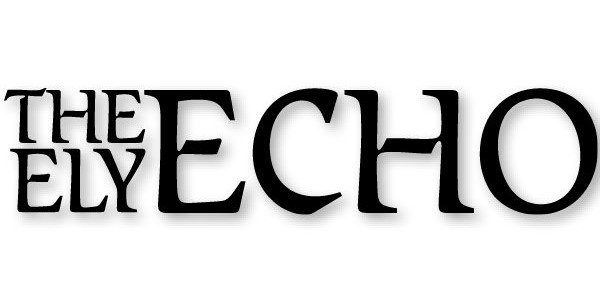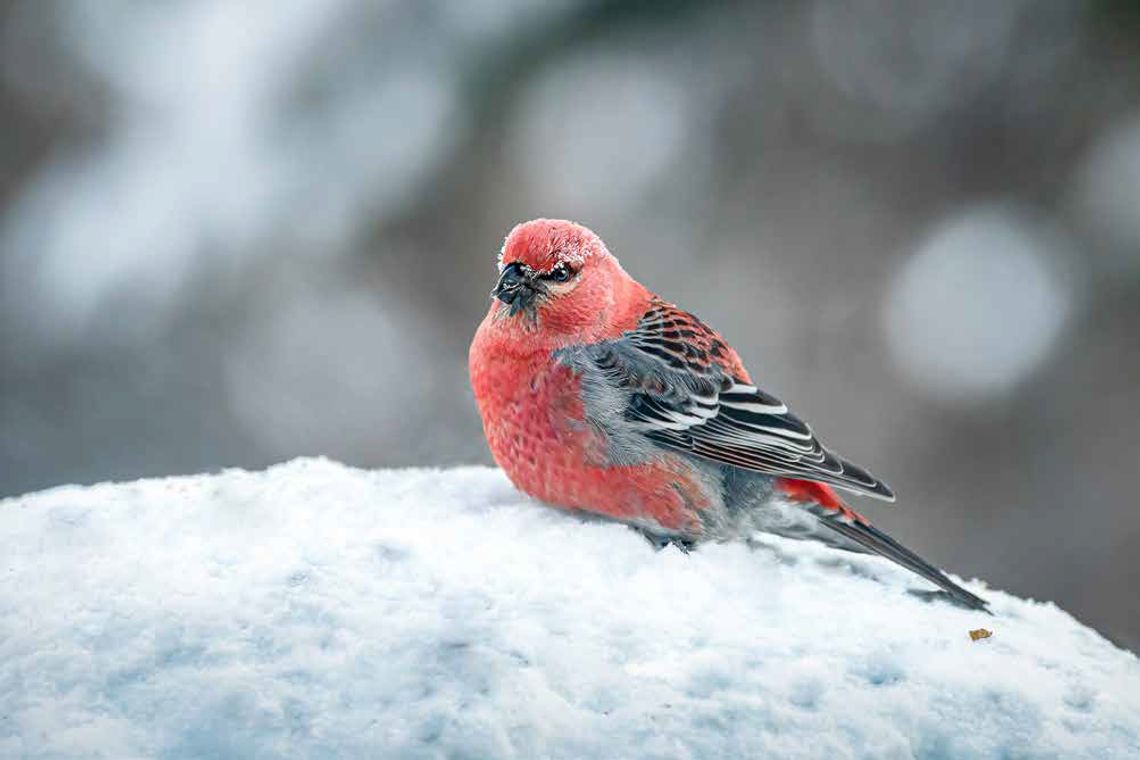What did you notice today that you would like to share with others? Can you sort out a sighting or experience that was special today? Did you take a picture with your phone of colorful landscapes, cloud formations, bird on the birdfeeders, sunrises, sunsets, frost formations, northern lights, moon shadows or any other encounters that caught your eye.
Noteworthy may differ from day to day and month to month. Yesterday the large number of ducks on Shagawa River in the morning warranted a stop to count the 45 hooded mergansers and nine Canada Geese. Later in the day they were gone and the riverscape was still eye-catching without them.
Open water is still available, but they have needs that can be met elsewhere.
Anyone who notices birds and puts out food for birds will have a lot to see in November, and the visitors will come and go daily.
Without being certain, it is presumed that the likelihood of bears or raccoons visiting or tearing down bird feeders is less likely.
Putting out the first seed feeders results in a flow of black-capped chickadees, red-breasted nuthatches, white-breasted nuthatches, and blue jays. With some suet in the mix, Canada jays will arrive, downy or hairy woodpeckers, or maybe even a surprise red-bellied or pileated woodpecker.
If the feeders have thistle seeds or finch mix the previous birds may sample them and maybe some purple finches or American goldfinches are still around.
But the anticipation while gazing out the window is of the arrival of pine siskins or redpolls that may become abundant as winter proceeds. And already there are some sightings of evening grosbeaks and pine grosbeaks that may increase in the months ahead.
Putting out birdfeeders and different types of food are always experiments based on experience and creativity. The effort may be challenged depending on the welcoming design. Are gray squirrels, red squirrels, flying squirrels, snowshoe hares, white-tailed deer, or other non-avian visitors welcome?
Once snow cover arrives, mice and voles may travel over and under to seek out spilled seeds or bits of suet. This reminder of food chains existing in nature will potentially lead to visits from red fox, gray fox, weasels, northern shrikes, barred owls, great horned owls or maybe even a hawk. Now that deer hunting season has arrived some feeding areas may also include a deer ribcage hung out to attract a variety of winter birds and sometimes a pine marten.
The past couple of weeks have started to spark thoughts of the possibilities as pine grosbeaks and evening grosbeaks have been seen at feeders. Redpolls are feeding on seeds in birch trees and checking out some feeders. When it finally gets “cold”, we wonder if some brown creepers will be seen looking for scrapes of suet beneath suet feeders placed on large trees.
Noticing that some homes have feeders right outside a window and foundation planting around the house brings thoughts of the occasional summer species that decide to stay under a supply of replenished seeds dropping to the ground. Sometimes, a gray catbird, brown thrasher, varied thrush, American robin, white-throated sparrow or other strays will stay like the more common house sparrows, European starlings, rock pigeons and other town birds.
Other resources exist for wintering waterfowl, waxwings, American crows, common ravens, ruffed grouse, spruce grouse, great gray owls, blackbacked and northern threetoed woodpeckers. Maybe even a northern hawk owl, snowy owl or black-billed magpie.
We will be so happy to see whatever decides to spend the upcoming winter here. And we welcome anyone who has experiences to share and would like to join us in Ely’s Christmas Bird Count or other upcoming activities in outdoor discovery.











